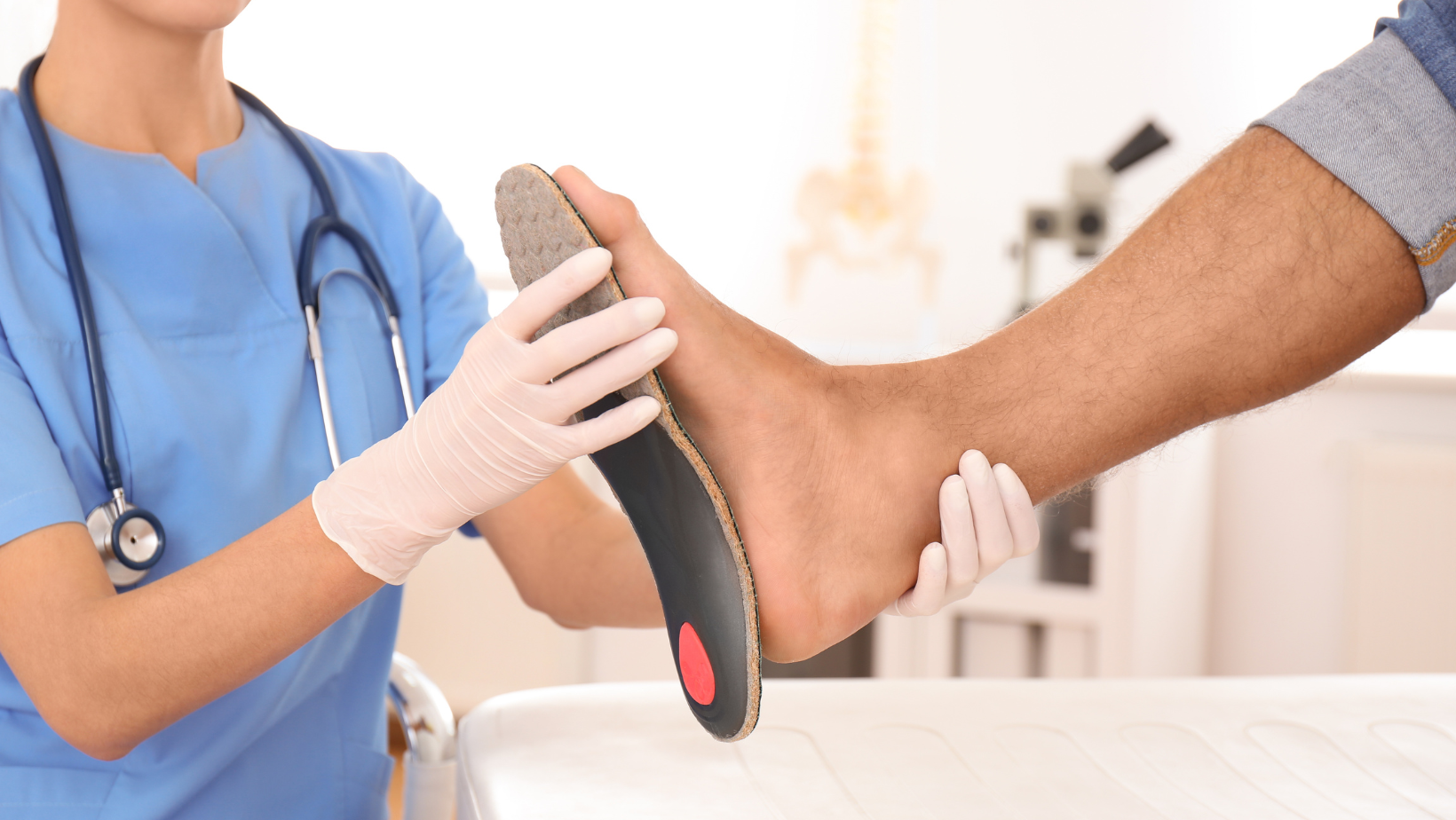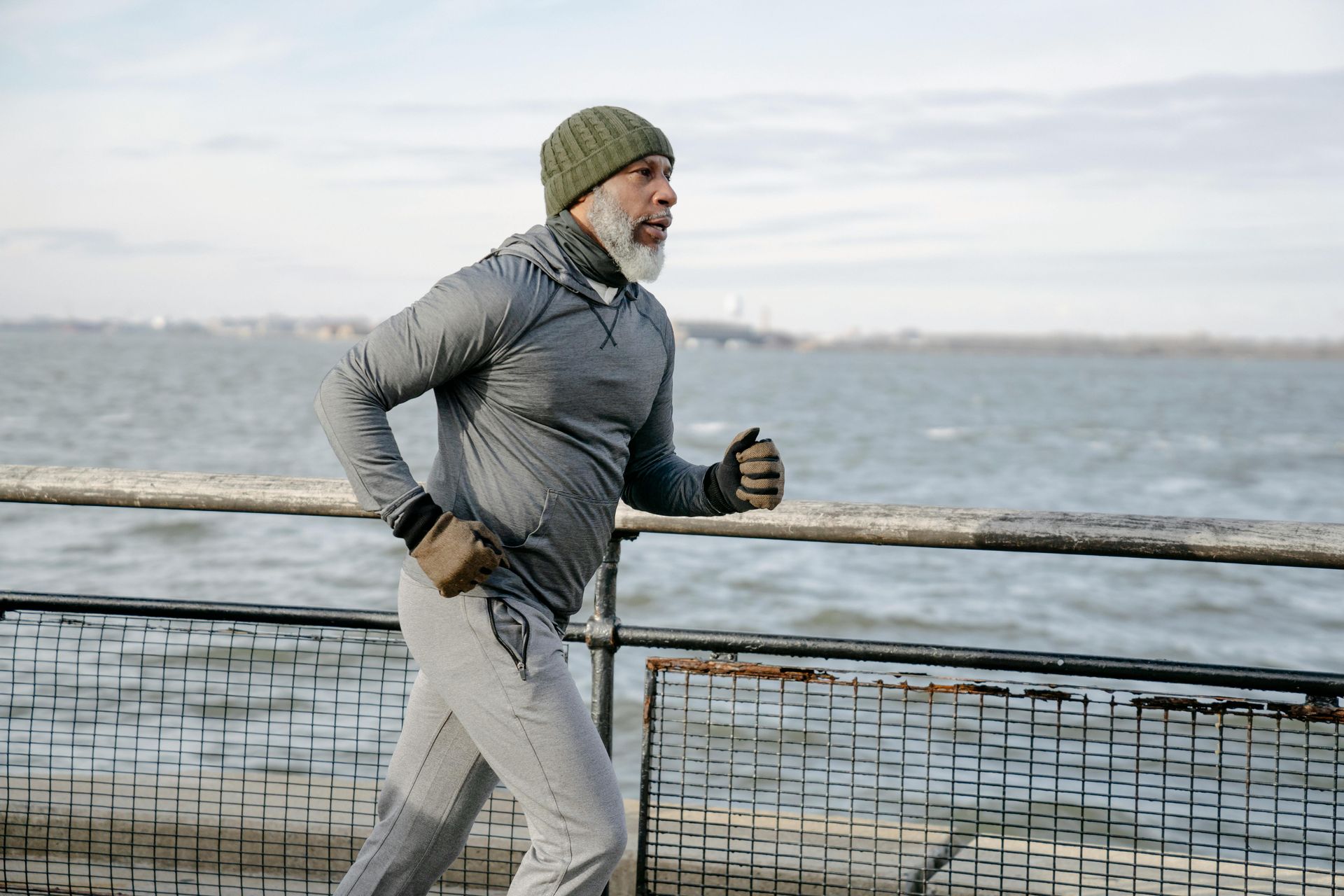Insoles vs. Orthotics: Understanding the Difference and Choosing the Best Support for Your Feet
Feet are the foundation of our body, and taking care of them is crucial for overall well-being. Whether you’re an athlete, someone who stands a lot during the day, or just looking for extra comfort, you might be considering insoles or orthotics. But what’s the difference, and which is the best choice for your feet? Let’s delve into the world of foot support to help you make an informed decision.
What are Insoles?
Insoles, also known as footbeds or inner soles, are removable layers that sit inside your shoes. They are designed to provide extra comfort, cushioning, and support. Insoles can be made from various materials like gel, foam, or leather, and are widely available in shops and pharmacies. They’re a popular choice for those looking to relieve foot fatigue or for added comfort in everyday shoes.

Benefits of Insoles:
- Enhanced Comfort: They provide a cushioning effect that can make standing, walking, or running more comfortable.
- Versatility: Insoles can be used in various types of footwear.
- Affordability: Generally, insoles are less expensive than custom orthotics.
What are Orthotics?
Orthotics are custom-made devices prescribed by healthcare professionals to support and align your feet. Unlike insoles, orthotics are tailored to your specific foot structure and medical needs. They are often used to treat specific foot problems like flat feet, plantar fasciitis, or foot pain related to diabetes.
Benefits of Orthotics:
- Custom Fit: Orthotics are designed to fit your feet precisely, providing targeted support where it’s needed most.
- Medical Correction: They help in correcting foot abnormalities, improving gait, and reducing pain.
- Durability: Orthotics are typically more durable than over-the-counter insoles.

Insoles vs Orthotics: Which is Right for You?
The choice between insoles and orthotics depends on your individual needs. If you’re looking for general foot comfort or relief from minor foot fatigue, insoles might be the right choice. They’re easy to find, relatively inexpensive, and can be a great way to add extra cushioning to your shoes.
However, if you have a specific foot condition, chronic pain, or a structural foot issue, orthotics are likely a better option. While they are more expensive and require a visit to a healthcare professional, the customised support they offer can be invaluable in treating foot-related problems.
How to Choose the Best Option
- Assess Your Needs: Consider whether you have specific foot problems or just need extra cushioning.
- Consult a Professional: For chronic pain or medical conditions, it’s best to consult a healthcare professional.
- Consider Your Lifestyle: Your daily activities and the type of shoes you wear can influence your choice.
- Budget: Insoles are more budget-friendly, but orthotics may be a worthwhile investment for long-term foot health.
Whether you opt for insoles for added comfort or orthotics for medical reasons, the right foot support can make a significant difference in your daily life. Remember, the health of your feet impacts your overall well-being.
If you’re in the Chelmsford area and unsure about which option is best for you, don’t hesitate to contact
Chelmsford Physio. Our team can provide expert advice and help guide you towards the best solution for your feet.



